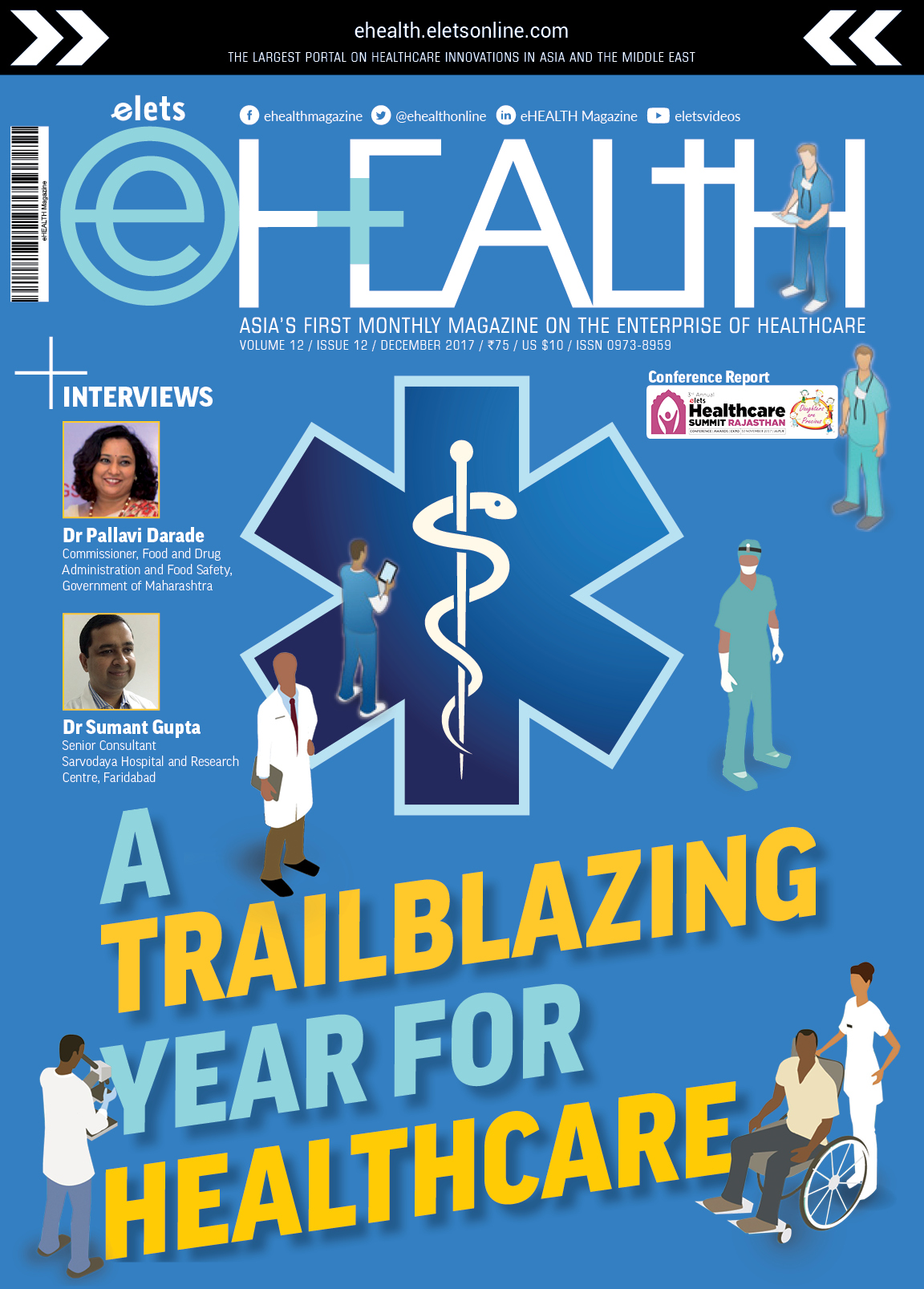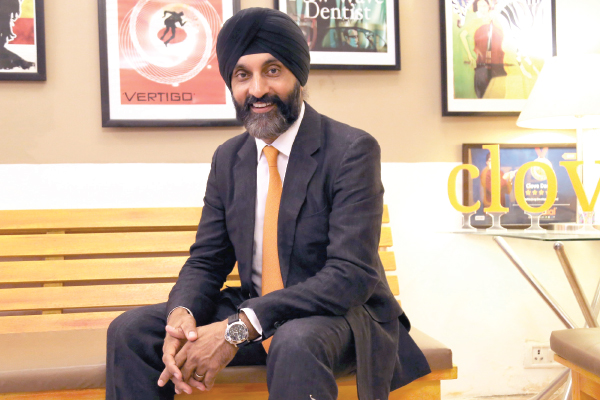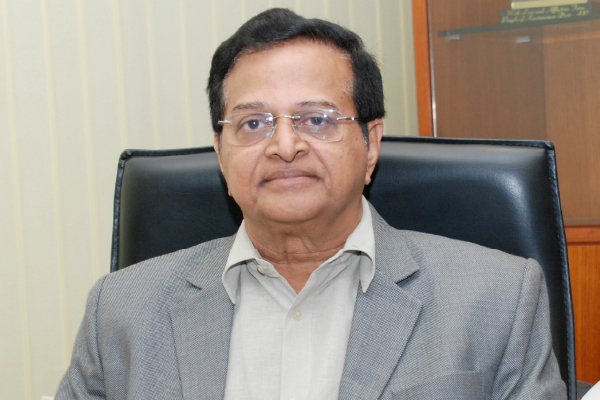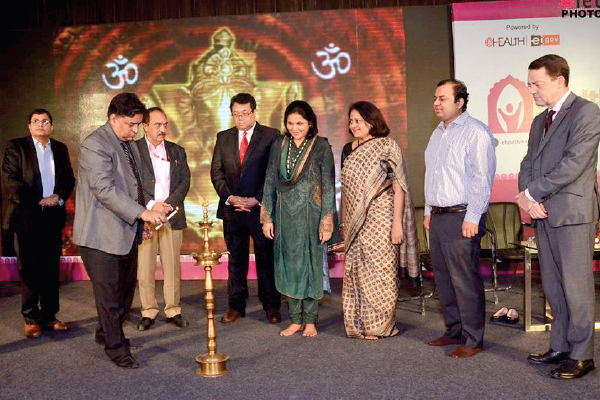

Cancer scenario in India is relevantly low in comparison to Western countries. This can be probably due to two reasons”firstly, the cancer reporting in India is very low in India in the district to district level and, secondly, there must be some messing of data, which shows that the cancer cases reported in India is just 40 per cent of the Western culture, says Dr Sumant Gupta, Senior Consultant, Sarvodaya Hospital and Research Centre, in conversation with Poulami Chakraborty from Elets News Network (ENN).

How do you see incidence of cancer taking shape in India?
India is facing an epidemic of cancer. The numbers of cancer patients we see in India seem to be very high and is estimated around 10 lakh patients in India are diagnosed with cancer every year. Unfortunately most of them get diagnosed at a very late stage. Estimated number of people living with the cancer in the country is around 2.5 million and over 7 lakh new cancer patients are diagnosed every year. The number of cancer related deaths in the country every year counts to 556,400. Over the past 10 years, the numbers has literally doubled. Unfortunately Indian Govt is hardly paying any attention to the seriousness of this future epidemic.
The number of cancer hospitals in the country is significantly low, with extremely low bandwidth for cancer treatment. On the other hand, it is observed that due to more and more awareness campaigns through print and electronic media, the awareness about cancer has increased significantly and diagnosis of the disease has also increased remarkably. But, this does not ensure change in the overall landscape of the disease. However, awareness programme has ensured a big shift in paradigm for cancer awareness in the country.

How is the cancer scenario in India different from other countries?
Cancer scenario in India is relevantly low in comparison to Western countries. This can be probably due to two reasons”firstly, the cancer reporting in India is very low in India in the district level and, secondly, there must be some data missing, which shows that the cancer cases reported in India is just 40 per cent of the Western culture. This probes into the matter that there is an immense need to ensure change in policies from the Government side to ensure more and better treatment procedures in the Government hospitals as well as private health institutions. We understand that the cancer burden within the country itself varies in different parts of the country.
This is probably related to the food, ethnicity and the lifestyle. Within the country there is a very heterogeneous distribution of the cancer burden. The per capita expenditure on individual patients seems to be higher if only you can diagnose it at an early stage and also simplify the treatment options. On the other hand, cancer treatment in India is much cheaper in comparison to the other parts of the world, as we have multiple drugs and the maximum retail price of the drugs are closely monitored by Government authorities, hence the cost of treatment is cheaper in comparison to other countries.
What measures would you suggest to bring down the cancer ratio?
We fully understand that the volume is very high. We have already talked about the rising incidence of cancer in our country. The most direct recommendation could only be increase in the awareness level from different parts of the society like the print media, the telly media or the other educational portals including schools colleges and universities. If the entire population is screened at an early stage we can convert these incurable situations into 80% cure rate which will make a big impact in our country. Similarly you can talk to our people and educate them about some of the important lifestyle modification. At Sarvodaya, we have been conducting awareness program/sessions in all schools, colleges, university, RWAs villages for proactive screening in Faridabad, Palwal and Ballabhgarh areas. Tobacco causes a huge burden, one of them being cancer and it also affects cardiac and pulmonary status that leads to a lot of cardiac and pulmonary morbidity. If only chewing tobacco be eliminated there will be a huge positive impact on the incidence of cancer. Similarly, all drugs manufactured in India have come under DPCO (Drug Price Control Orders), resulting in significant decrease in medicine prices in India.
The basic treatment for cancer is prevention and early detection. 65 per cent of all cancers are relate d to diet and lifestyle, thus if we can regulate the consumption of liquor and tobacco, the ratio of cancer detection will come down drastically.
What are the technological advancements that have taken place in the field of cancer?
As the disease burden is going up, a lot of these technological advances are beginning to be available in our country. I would say that most of the major centres across the country are already well equipped, have well trained personal with very good infrastructure compared to any good centre in the west. The basic treatment for cancer is prevention and early detection. 65 per cent of all cancers are related to diet and life-style, thus if we can regulate the consumption of liquor and tobacco, the ratio of cancer detection will come down drastically. The important advancements that has happened in the field of cancer can be then talked about in the various interventions that we have to offer. The country has made exciting developments in the field of the surgical oncology, minimalist surgeries, robotic surgery etc. In radiation oncology, high precision radiation oncology is the new development that has come into vogue. It is probably the first in the Asian country and will also be a big advancement in the field of radiation oncology. Similarly in the field of radiation oncology a lot newer drugs have come in and there is an explosion of targeted therapy. In the field of diagnostics most centres now have PET-CT scans, imaging services, scopes etc.
How well are we tackling the skill gap issue in healthcare?
Skill gap is really a worrisome aspect of the healthcare scenario in India. Unfortunately the trained demand power namely the physician, the oncologist and the nurses are not matching the demand. The ratio is very poor when you compare to the western world. Just to give you an idea there is just 1 oncologist to look after 250 cancer patients and this deficit is only going to increase in the next decade as the training and the number of centres to train the physicians and the nurses are not going to match the number of patients that are going to come.
How important is medical tourism today?
Ideally, it must be taken care of, that people travelling through Medical tourism is playing an important role for our countrys the healthcare industry. We at Sarvodaya Hospital & Research Centre, have the state of the art technologies and have the most advanced Centre for Cancer Care and Bone Marrow Transplant. We take care of patients not only from this country but also from Middle East, African countries and also the entire SAARC region.
Be a part of Elets Collaborative Initiatives. Join Us for Upcoming Events and explore business opportunities. Like us on Facebook , connect with us on LinkedIn and follow us on Twitter , Instagram.












